Galaxy S20 Ultra vs. Galaxy Z Flip: Which should you spend $1400 on?
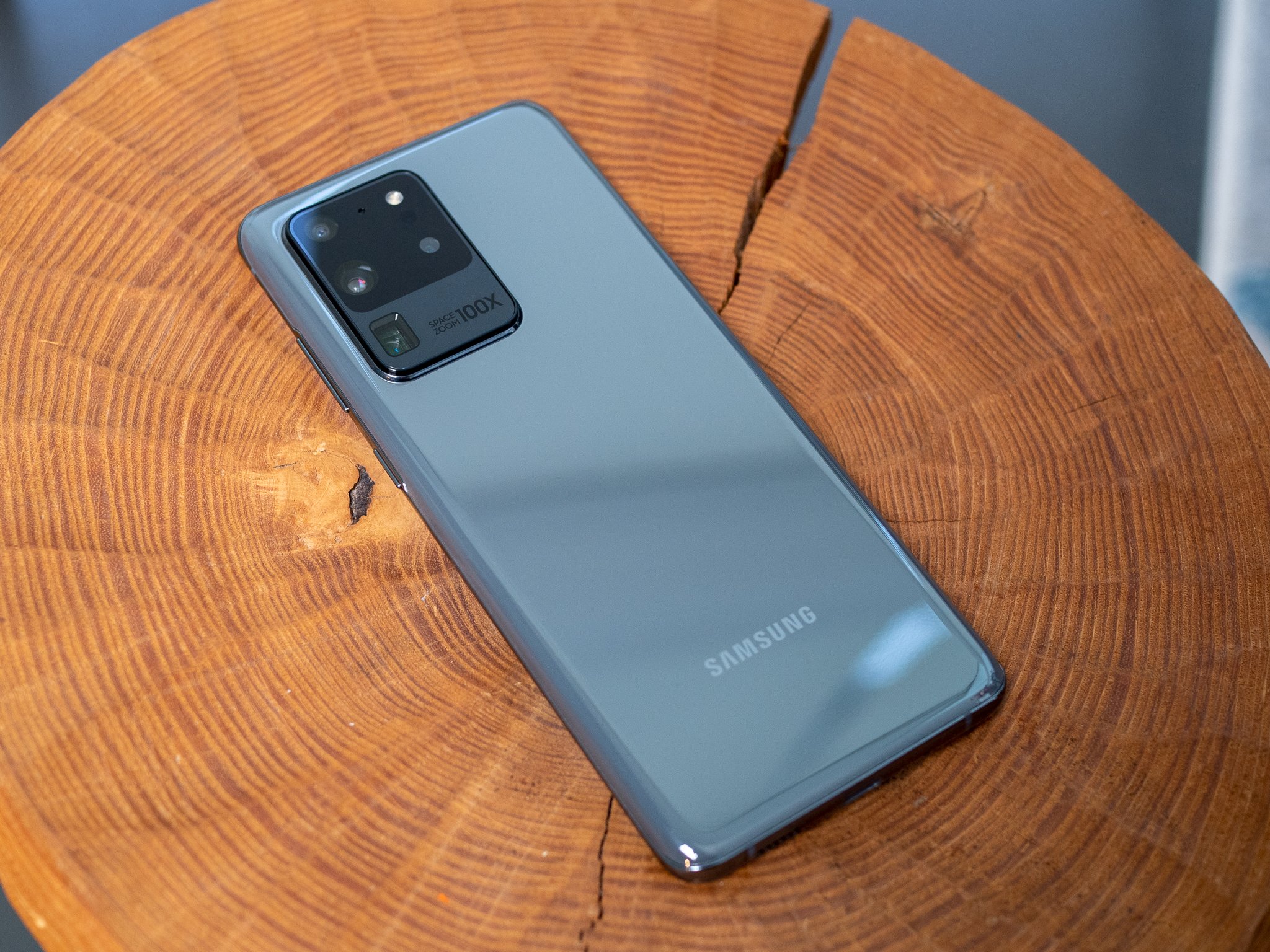
Galaxy S20 Ultra

The Galaxy S20 Ultra may not be as flashy as its Z Flip cousin, but when looking at all of its core components, it's actually the more impressive device. You get Qualcomm's newest Snapdragon 865 processor with native 5G support, a new camera system with up to 100x zoom, and a downright massive 5,000 mAh battery.
Galaxy S20 Ultra
Reasons to buy
Reasons to avoid
Galaxy Z Flip

Visually, the Galaxy Z Flip stands out much more than the S20 Ultra. When it's shut, the Z Flip is extremely pocketable and can be hidden just about anywhere. Open the phone up, and you're treated to a 6.7-inch AMOLED panel just like that. As striking as the design is, however, the Z Flip trails behind the S20 Ultra with virtually every spec.
Galaxy Z Flip
Reasons to buy
Reasons to avoid
The Galaxy S20 and Galaxy Z Flip are two of the most expensive phones you can buy in 2020, and each one justifies its high price in a different way. The S20 Ultra has a traditional smartphone design that's loaded with the best specs Samsung could get its hands on. The Z Flip is still plenty powerful, but compared side-by-side with the S20 Ultra, its specs aren't nearly as impressive. Where the Z Flip obviously shines is with its folding form factor, which some people might place a lot of value in.
You get better specs with the S20 Ultra
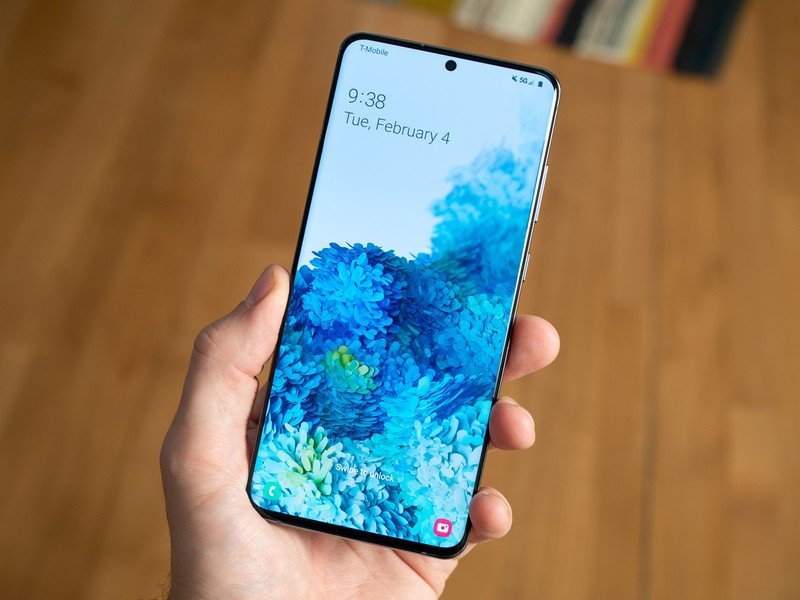
Design-wise, the Galaxy S20 Ultra isn't nearly as interesting as the Z Flip. It's the same normal slab of metal and glass that we've seen a thousand times before, and at first glance, it might not look like anything all that special. However, as you start looking at each individual component that makes up the S20 Ultra, you quickly realize that there's a lot going on.
A perfect example of this is the display. We've seen big AMOLED panels countless times from Samsung in the past, but the S20 Ultra's is the first one to have a 120Hz refresh rate. This means the S20 Ultra's display refreshes twice as fast as any other Samsung phone, making everything on it look wonderfully smooth and fluid. Once you see it in person, it'll be hard to go back to the traditional 60Hz.
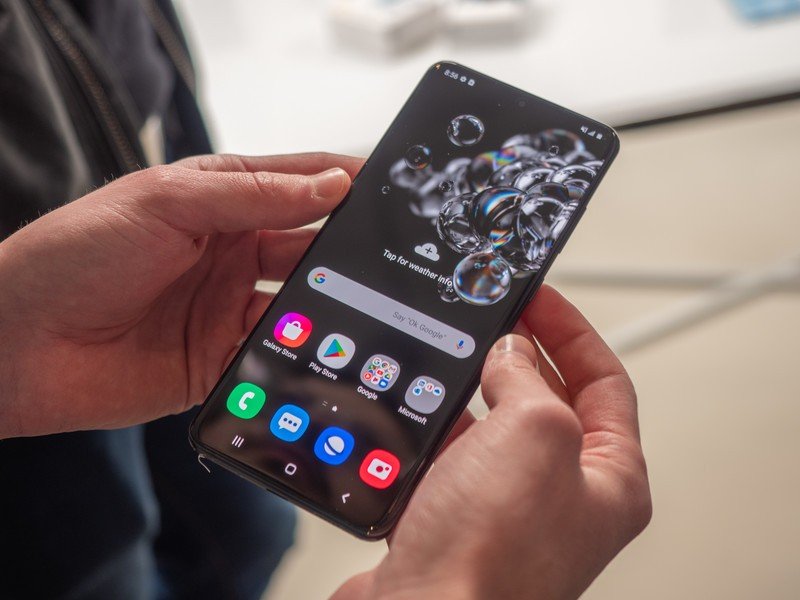
Another area where the S20 Ultra trumps the Z Flip is in the camera department. The dual 12MP sensors on the Z Flip are fine, but the S20 Ultra cranks things up a notch in a way we haven't seen from Samsung in a long time. The primary camera is a 108MP sensor, allowing you to capture an enormous amount of detail with your shots. Pair that with the 48MP telephoto camera, and the S20 Ultra is capable of 10x hybrid optic zooming and up to 100x for the new Super Resolution Zoom feature. That's not even mentioning the 12MP ultra-wide camera and time-of-flight sensor. If you care even a little bit about being able to take good photos and videos, the S20 Ultra is the clear winner.
Moving to the inside of the phone, the S20 Ultra keeps things just as interesting. It's powered by Qualcomm's newest Snapdragon 865 processor, comes with 12 or 16GB of RAM, and supports up to 512GB of internal storage. You're also getting a huge 5,000 mAh battery, up to 1TB of expandable storage, and the option to connect to sub-6 and mmWave 5G networks if your carrier supports them.
Get the latest news from Android Central, your trusted companion in the world of Android
| Header Cell - Column 0 | Galaxy S20 Ultra | Galaxy Z Flip |
|---|---|---|
| Operating System | Android 10 One UI 2.0 | Android 10 One UI 2.0 |
| Primary Display | 6.9-inch Dynamic AMOLED Quad HD+ 120Hz | 6.7-inch Dynamic AMOLED 2636 x 1080 60Hz |
| Secondary Display | ❌ | 1.06-inch Super AMOLED 300 x 116 |
| Processor | Qualcomm Snapdragon 865 | Qualcomm Snapdragon 855+ |
| Memory | 12GB RAM 16GB RAM | 8GB RAM |
| Storage | 128GB 512GB | 256GB |
| Expandable | ✔️ Up to 1TB | ❌ |
| Rear Camera 1 | 108MP wide 1/1.33" 8um f/1.8 | 12MP wide 1.4um f/1.8 |
| Rear Camera 2 | 48MP telephoto 10x Hybrid Optic Zoom 100x Super Resolution Zoom 1/2.0" 0.8um f/3.5 | 12MP ultra-wide 1.12um f/2.2 |
| Rear Camera 3 | 12MP ultra-wide 1/2.55" 1.4um f/2.2 | ❌ |
| Rear Camera 4 | Time-of-flight sensor | ❌ |
| Front Camera | 40MP 0.7um f/2.2 | 10MP 1.22um f/2.4 |
| Battery | 5,000 mAh | 3,300 mAh |
| Charging | 45W wired charging Fast Wireless Charging 2.0 Wireless PowerShare | Quick Charge 2.0 Fast Wireless Charging 2.0 Wireless PowerShare |
| Security | In-screen fingerprint sensor Face recognition | Capacitive fingerprint sensor Face recognition |
| 5G | ✔️ Non-Standalone (NSA) Sub-6 / mmWave | ❌ |
But the Z Flip is arguably more exciting
Moving over to the Galaxy Z Flip, it places all of its chips on the design front. If the Galaxy S20 Ultra is a boring rehash of the same smartphone design we've had for years, the Z Flip is anything but.
When it's open, the Galaxy Z Flip does look like a traditional smartphone. There's a 6.7-inch AMOLED panel, hole-punch cutout for the selfie camera, and slim bezels all around. However, when you're done using the phone, you can close it shut to make it substantially more portable than most other devices. This is great for pants with small pockets, cramped bags/purses, or if you just like the idea of being able to store your phone without having its display exposed to the elements.
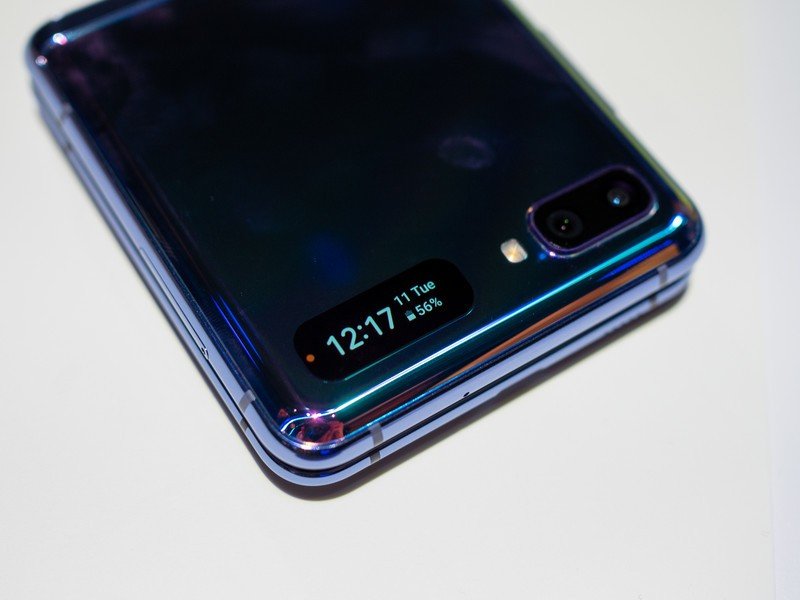
Adding to the Z Flip's futuristic design is its small secondary display you see when the phone is closed. It's pretty tiny at just 1.06-inches, but it can be used for showing the time and other relevant notifications, making it possible to stay connected no matter if it's open or shut.
In exchange for the foldable form factor, the Z Flip does make some spec/feature sacrifices compared to the S20 Ultra. You get the slightly older Snapdragon 855+ processor, only two rear cameras, a substantially smaller battery, and no support for microSD cards. The Z Flip also doesn't connect to 5G networks, which could be an issue if you plan on keeping the phone for a couple of years.
What kind of phone do you want?
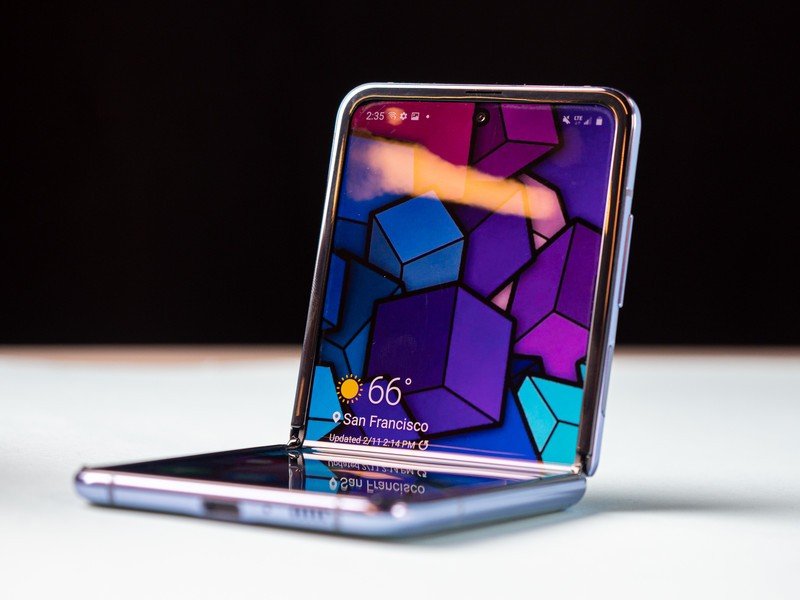
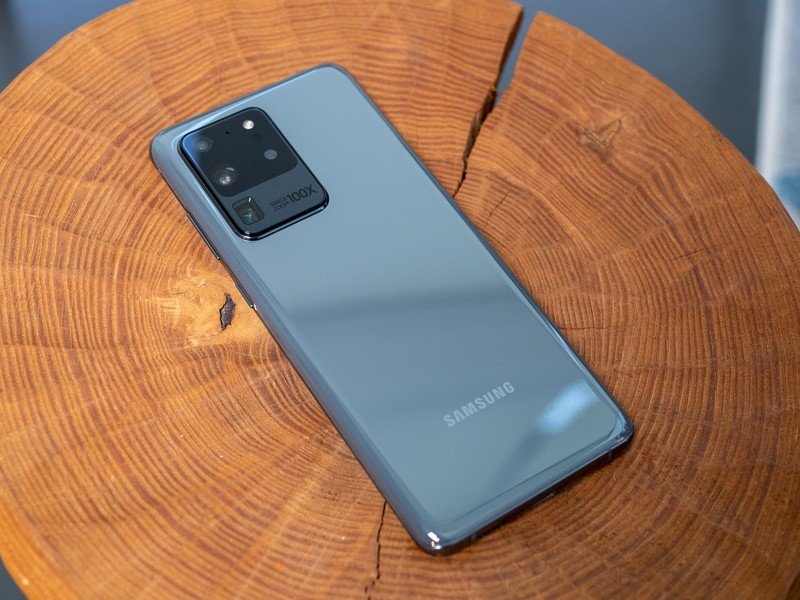
At the end of the day, the Galaxy S20 Ultra and Galaxy Z Flip end up being very different recommendations despite having similar price tags.
If you want a phone that offers the very best specs and features, making it future-proof for years and years to come, get the Galaxy S20 Ultra. No, it doesn't fold, but it has more than enough power to get you through today, tomorrow, and whatever else the future holds.
On the flip side, there's an argument to be made for the Galaxy Z Flip. Its folding design is a big deal, whether you're looking at it from a practical point-of-view or just want a phone that looks like nothing else your friends and family have.
Depending on where your wants/needs lie, either of these phones should serve you admirably well.

Traditional design with top-of-the-line internals
No matter where your priorities lie, the Galaxy S20 Ultra is bound to be an appealing phone to you. Need a lot of power? It has a Snapdragon 865 with up to 16GB of RAM. Love taking pictures? There's a 108MP camera with up to 100x zoom. Want a phone that lasts all day? You get a huge 5,000mAh battery.

The wow factor is real
What it lacks in specs compared to the S20 Ultra, the Galaxy Z Flip makes up for with its folding design. You can use the Z Flip just like you would any other phone, but when you're done, it folds up into a compact square you can take anywhere. If you have small pockets, this is a dream come true.

Joe Maring was a Senior Editor for Android Central between 2017 and 2021. You can reach him on Twitter at @JoeMaring1.

